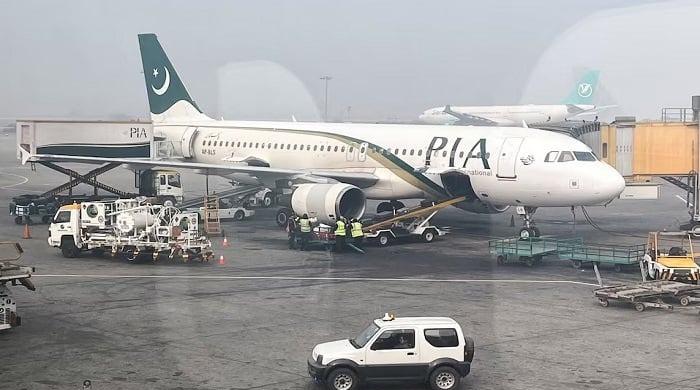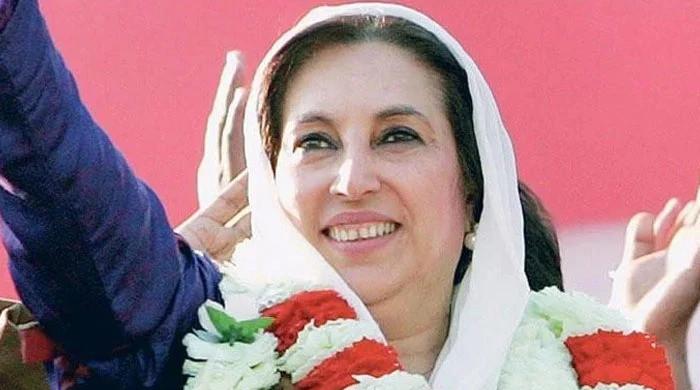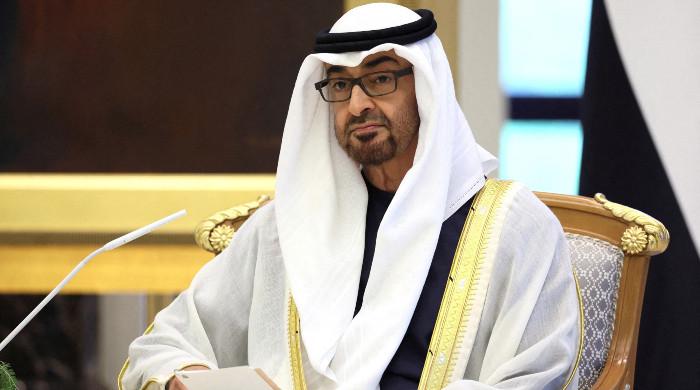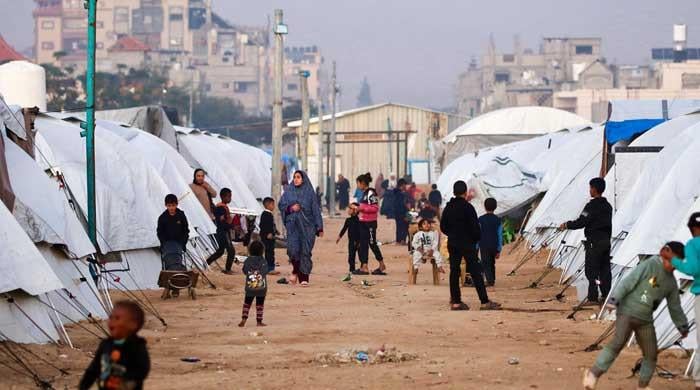Why did India refuse visas to Pakistani journalists?
India, it seems, wants to keep the Kartarpur event low-profile and dispel the impression that the ice may be melting between the two countries
March 17, 2019
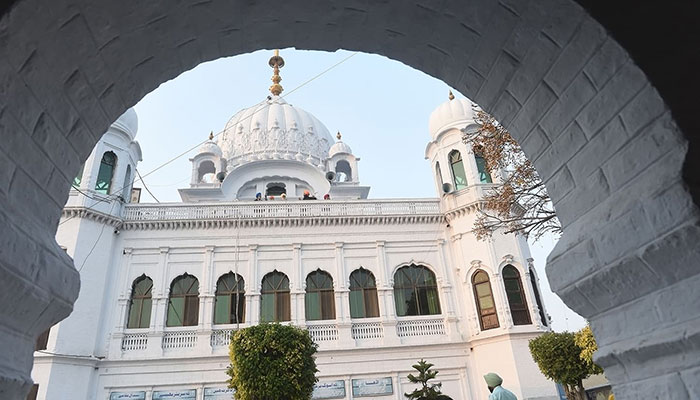
The electronic media in Pakistan and India have viewership numbers in millions. For the last couple of years, these TV outlets have been playing a key role in building public opinion. But the impact it has created, and the power it holds, has pros and cons.
One of the negatives is that the media, in both countries, has serious ethical and professional issues. However, when it comes to fake news, the Indian media has an unbeaten record, one that Pakistan cannot compete with.
If an independent and unbiased media watchdog would compare any prime-time TV talk shows in India and Pakistan, the difference would be obvious. Some Indian journalists create dangerous media hysteria and use jingoism to camouflage fake news.
Not that the Pakistani media does not have its own set of problems. Here, stories in times of war come through second or third sources, rather then first-hand, either through a government official or a security source, who choose to remain anonymous. Largely because of the reporting constraints.
Today, where there is desperate need for de-escalation between the two South Asian rivals, after India violated Pakistan’s boundaries last month, an opportunity for dialogue has opened up: the Kartarpur corridor talks, being held in India. In such times, had the Indian government allowed Pakistani reporters visa to cover the event, it would have promoted the idea of peace and reconciliation.
Instead, the Indian media, now solely covering the event, is trying to play down the talks. Senior Indian officers and concerned ministers have also projected the dialogue negatively, insisting that negotiations with Pakistan are not possible unless it takes action against terrorists. Which makes one wonder whether India would review its policy, stop trade and talks with China, since it blocked a resolution against Jaish-e-Mohammad chief Masood Azhar from sailing through the United Nations. I doubt India can afford to do that.
India, it seems, wants to keep the Kartarpur event low-profile and dispel the impression that the ice may be melting between the two countries. On the contrary, it wants to keep the war hysteria alive through its own private media.
A few days ago, in Geo TV’s Report Card, I suggested that our prime minister allow Indian journalists, under UN observers even, to visit and inspect for themselves the site of the Balakot strike, where Indian air force allegedly bombed a terrorist facility, killing 300 militants. But would that help? I am not too sure, especially after reading DAWN's New Delhi correspondent, Javed Naqvi’s article, who wrote that “truth is the first casualty” as some anchors reported the attack in such a fashion as they were sitting in the cockpit.
Pakistan did not expect this. It gave visas to over a dozen Indian journalists to cover the opening ceremony of the Kartarpur corridor. They were even given access to interview politicians, during the trip.
So, then why didn’t India do the same? There could be a few reasons:
(1) The opening of the Kartarpur Corridor was Pakistan's idea, which was widely welcomed by the people of India particularly millions of Sikhs all over the world.
(2) The idea was flouted by none other than Pakistan's army chief, General Qamar Javed Bajwa. It all began after the COAS was recorded warmly hugging India's legendary cricketer, Sidhu, during the oath taking of Prime Minister Imran Khan.
(3) The Kartarpur talks again show Pakistan's desire for peace with its neighbour.
In my opinion, the Pakistani media could have given a more positive image of the talks, in the backdrop of what happened in the last two weeks, if they had been given visas. During the visit, they would have also got the chance of interacting with fellow Indian colleagues, and as you know, talks always open new ventures and remove misunderstanding and misconception.
Pakistan and India have a history of hostility, but the print media, on the other hand, has been much more responsible in its selection of words and in maintaining some kind of ethical lines. One of the reasons has been their strong editors. I had the privilege of meeting some of them during the visit of former Indian Prime Minister, the late Atal Bihari Vajpayee.
This media mad race actually began in the 1990s, with the arrival of the private TV industry in India. It was used to beat the drums of war during the Kargil incident, when we only had the state-run Pakistan Television.
In the backdrop of Kargil, the then-military government of retired General Pervez Musharraf decided to give licences to private TV channels. The first to set up their networks were GEO and ARY.
Thereafter, when Musharraf went to Agra, he took a whole media team of journalists, from print and electronic media, including editors and media owners, with him. The difference media could make in such diplomatic ventures was clear. When the Pakistani and Indian leaders came close to an agreement, and the story was leaked about a possible accord, Musharraf, before the final talk, was asked to meet Indian media and editors. Which, as history is witness, proved a fatal blow to diplomacy.
Let’s hope that the Kartarpur talks provide something concrete, since there is still a long way to go before a breakthrough may be possible.
Abbas is an analyst and columnist of GEO, The News and Jang. He tweets @MazharAbbasGEO




